Ferdinand Hodler – The Painter Who Revolutionized Swiss Art
Ferdinand Hodler was one of the principal figures of 19th-century Swiss painting. Hodler worked in many styles during his life. Over the course of...
Louisa Mahoney 25 July 2024
Edward Hopper is known as one of the premier recorders of American mid-century life. Or mid-century malaise might be a better way to put it: Hopper’s favorite subjects were lonely country gas stations, New York diners at night, empty but for a few stragglers, and windows, so many windows. However, the painter so intrinsically linked to American identity also made some formative work across the Atlantic. Hopper’s Parisian work shows a young artist finding his style and defining his visual vocabulary.
Between 1906 and 1910, Hopper visited Paris three times. He was working part-time as an illustrator for an advertising agency and he hated the job. So Paris was a breath of fresh air as well as a chance to learn from the many artists who had come to the city before him.
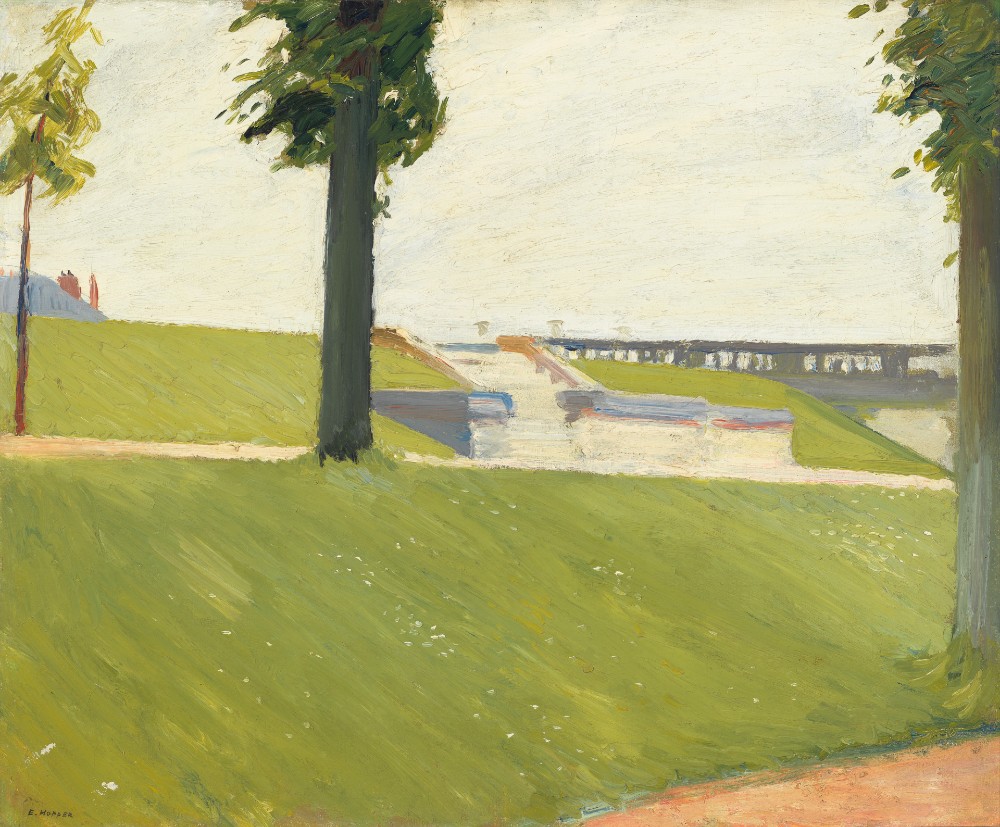
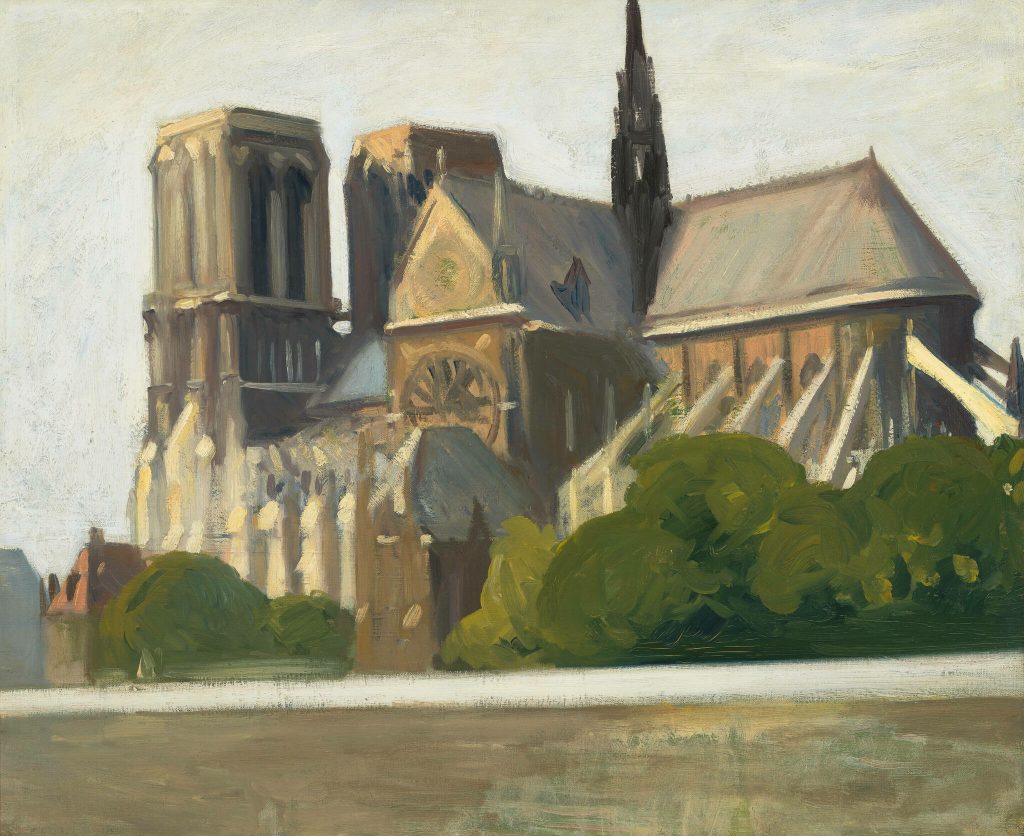
Edward Hopper, Notre Dame de Paris, 1907, Whitney Museum of American Art, New York, NY, USA.
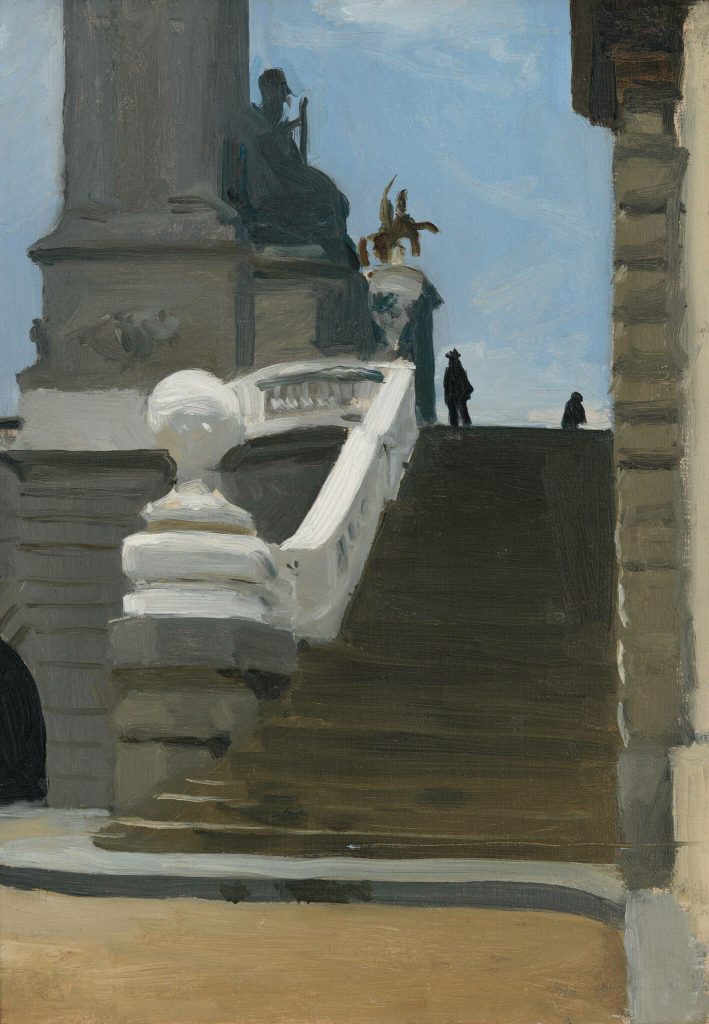
Edward Hopper, Two Figures at Top of Steps in Paris, 1906, Whitney Museum of American Art, New York, NY, USA.
Hopper stayed at 45 Rue de Lille in the 7th arrondissement, hosted by an evangelical ministry. He led a solitary life there, wandering the left bank, setting his easel up as he went. The works show his preoccupation with capturing light and spontaneity, inspired by the Impressionists who painted the same streets, river, and churches before him. Nothing missed his sharp eye — from the staircase of his apartment building to les lavoirs, the laundromats by the Seine.
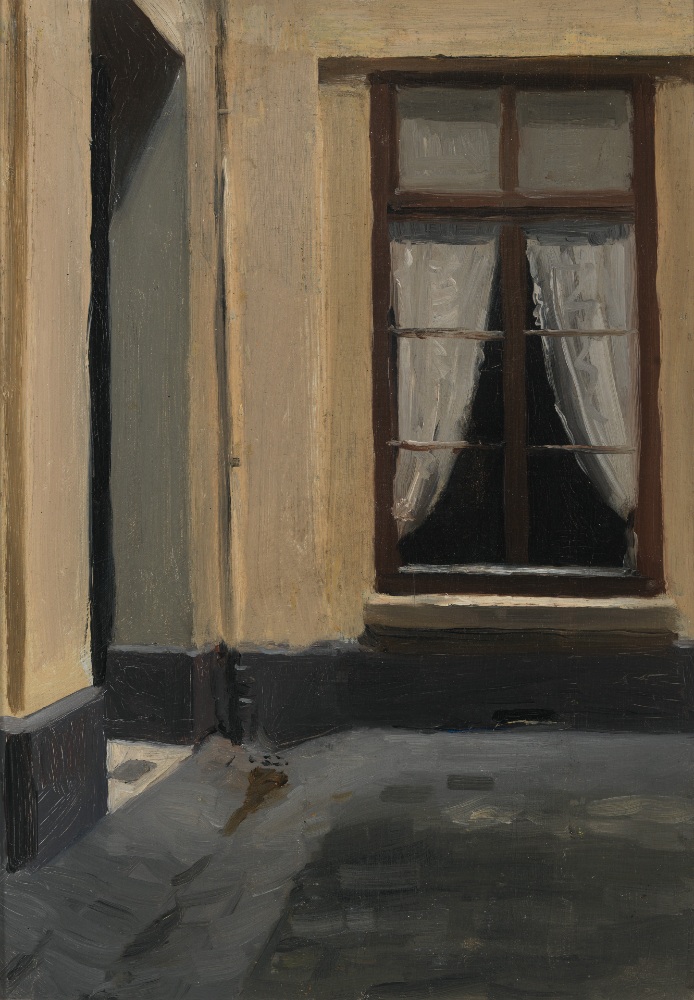
Edward Hopper, Interior Courtyard at 48 rue de Lille, Paris, 1906, Whitney Museum of American Art, New York, NY, USA.
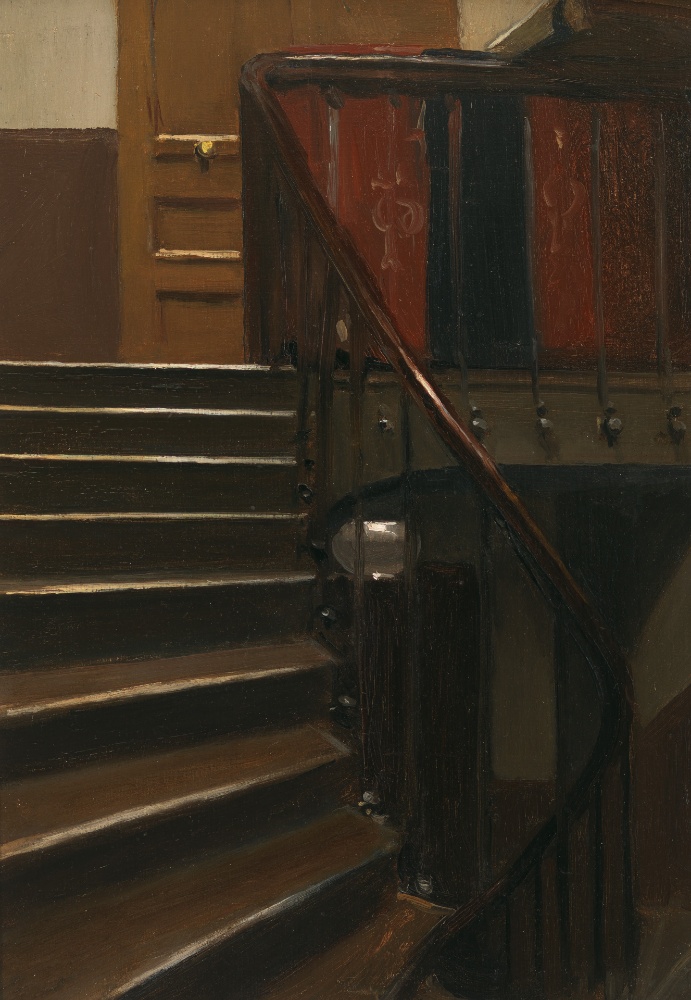
Edward Hopper, Stairway at 48 rue de Lille, Paris, 1906, Whitney Museum of American Art, New York, NY, USA.
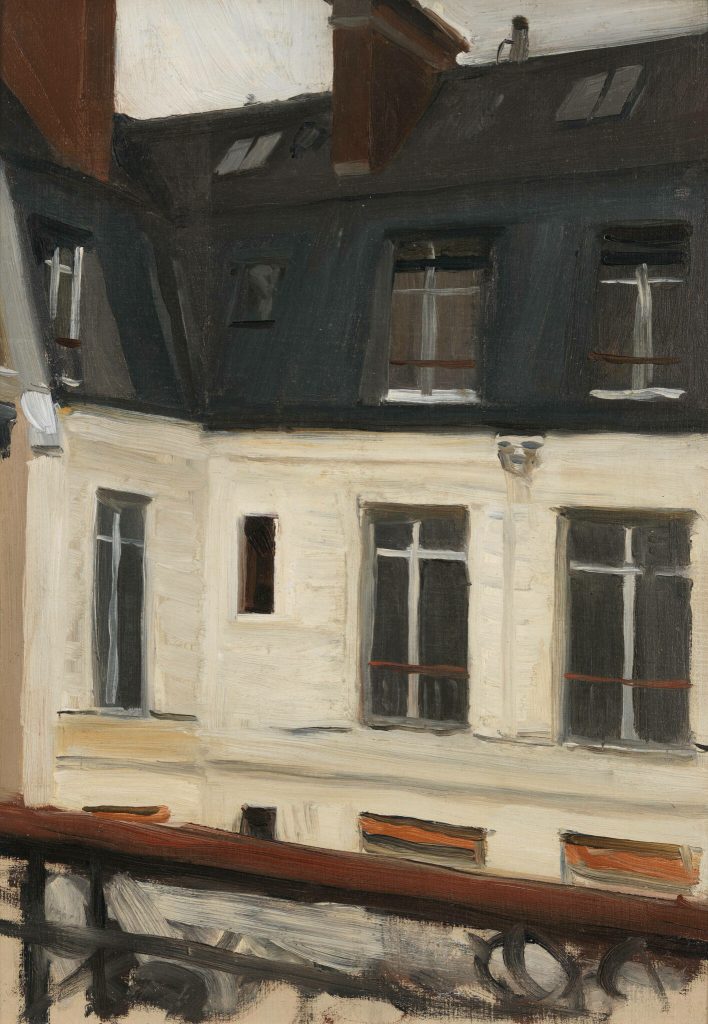
Edward Hopper, View Across Interior Courtyard at 48 rue de Lille, Paris, 1906, Whitney Museum of American Art, New York, NY, USA.
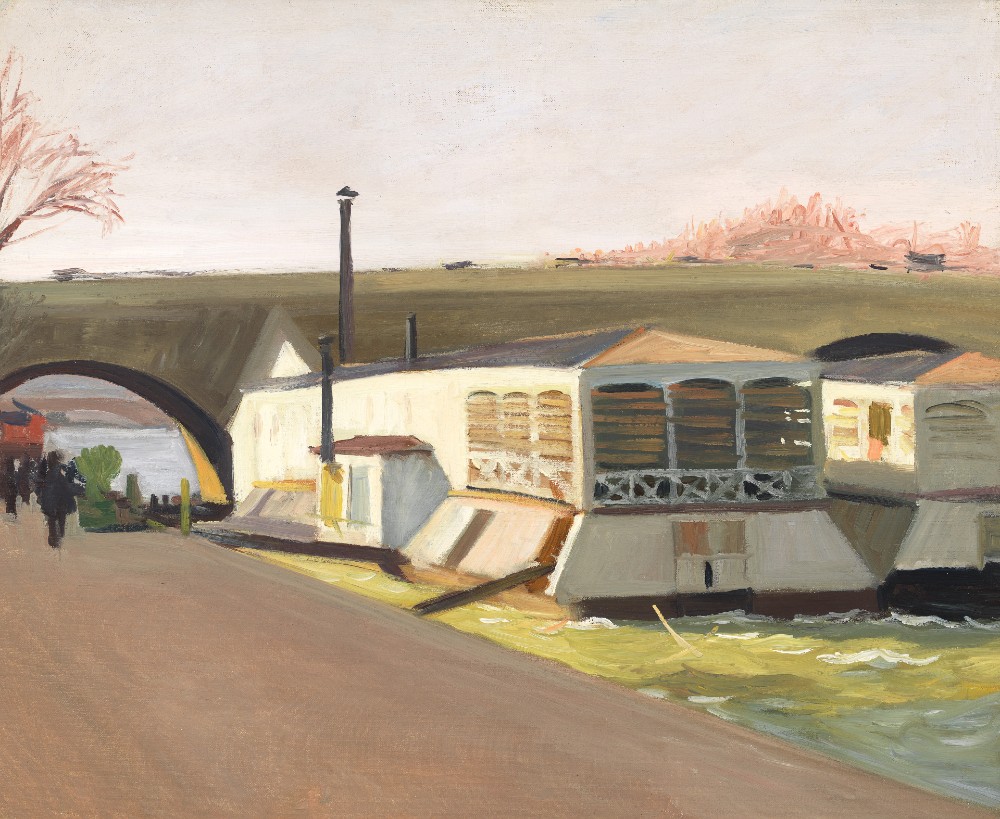
Edward Hopper, Les Lavoirs du Pont Royal, 1907, Whitney Museum of American Art, New York, NY, USA.
He might have been solitary in Paris, but he was certainly not unhappy. Hopper visited the Salon d’Automne and saw works by Paul Cézanne, Félix Vallotton, and Albert Marquet. He also met some fellow artists, a friend introduced him to Auguste Renoir, Camille Pissarro, and Alfred Sisley. In a letter to his mother, he wrote:
I do not believe there is another city on earth so beautiful as Paris nor another people with such an appreciation of the beautiful as the French…
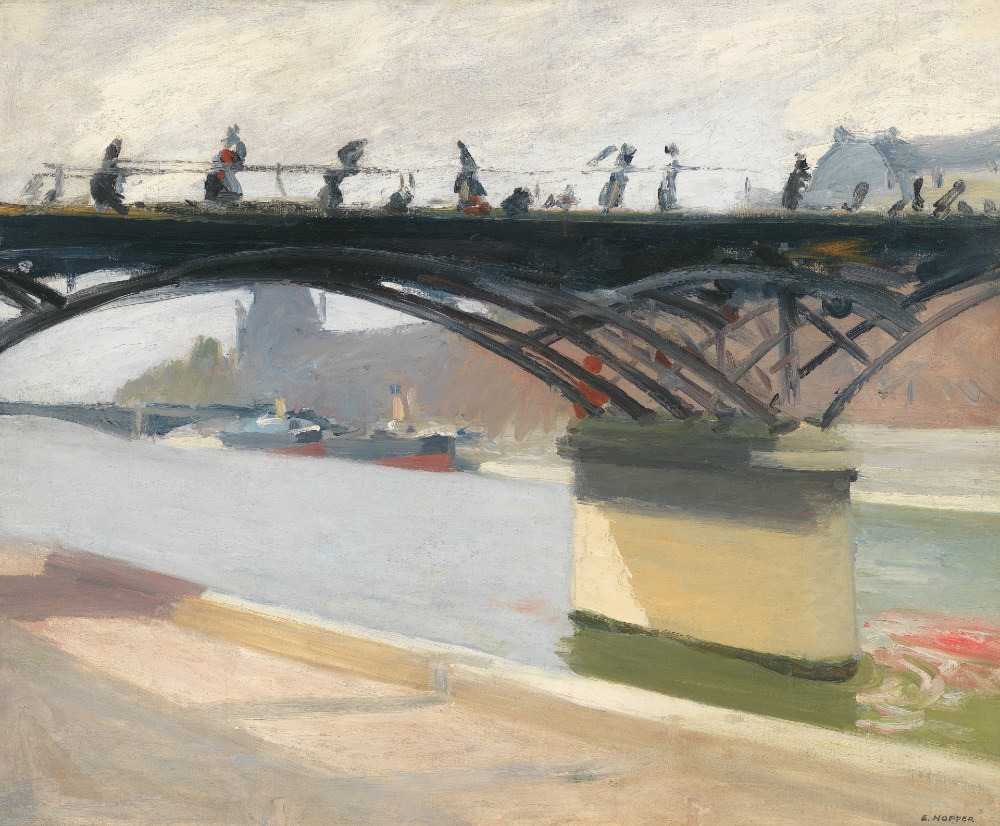
Edward Hopper, Le Pont des Arts, 1907, Whitney Museum of American Art, New York, NY, USA.
Hopper’s Paris paintings are clearly affected by the Impressionist school. Yet he also emulated the styles of the Realists, especially Degas and Manet. Their influence is clear both in Hopper’s palette and his (sometimes heavy-handed) application of paint. Cubism, all the rage in Paris at the time, can be seen in Hopper’s asymmetrical compositions and geometric treatment of the architecture.
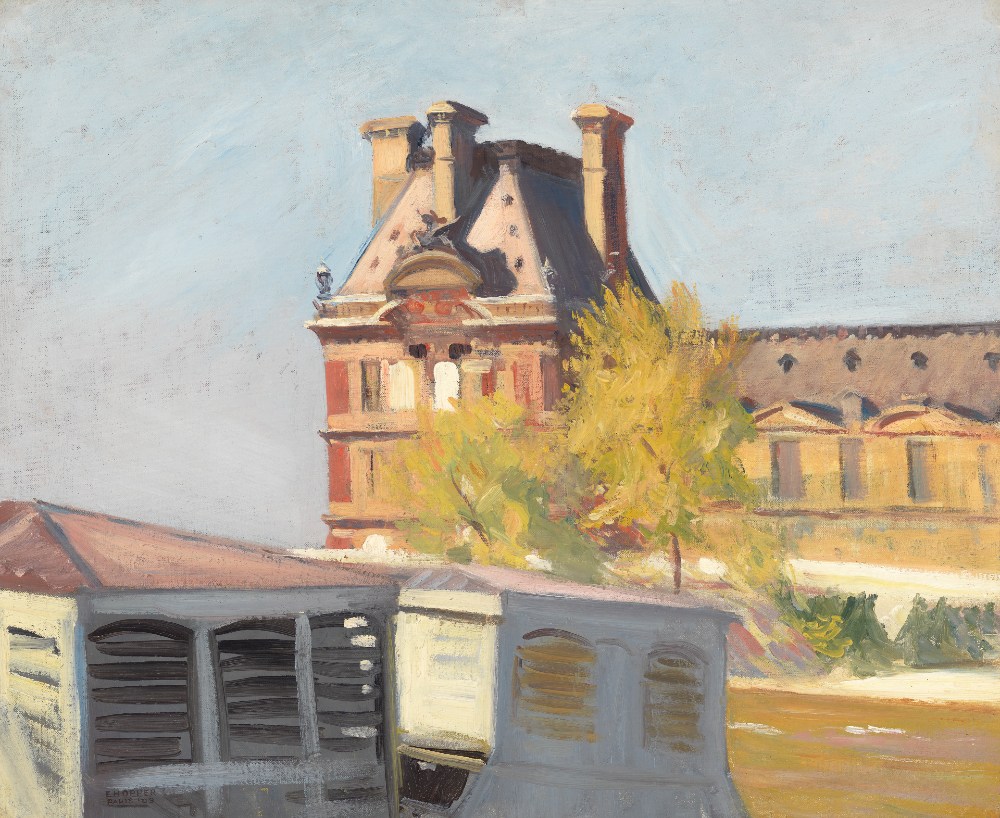
However, Hopper wasn’t just in France to imitate the work of the masters. Even this early in his career, the Paris paintings show that he was well on the way to developing his personal style. Specifically, he begins exploring what will become one of the enduring themes in his work: urban solitude. His close attention to light and desire to capture a feeling of stillness in a single moment is also something these works attest to.
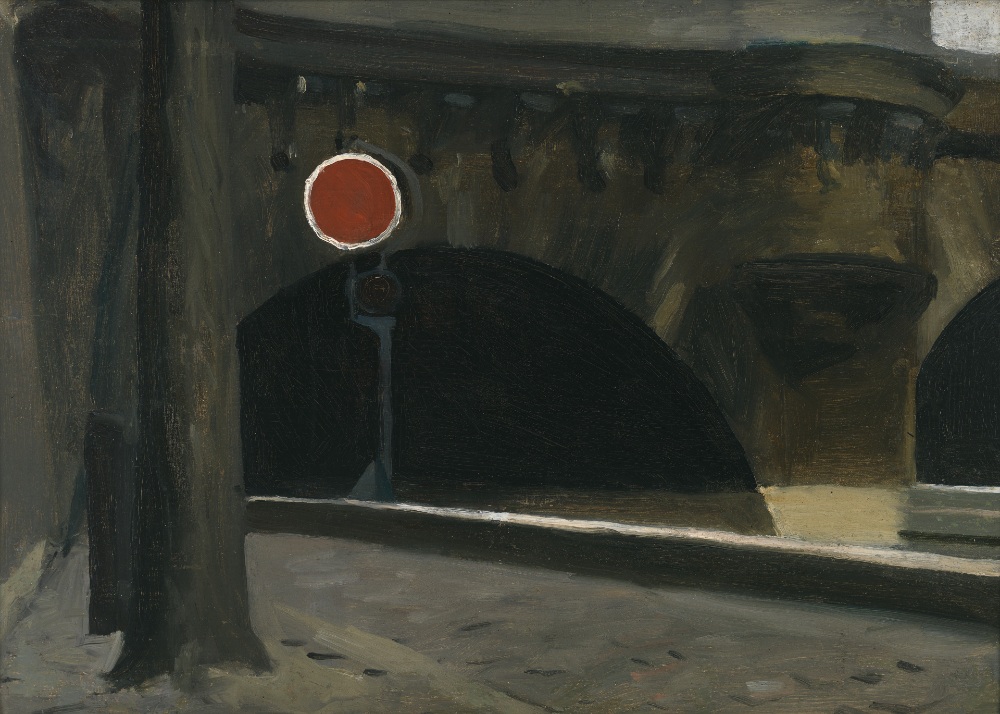
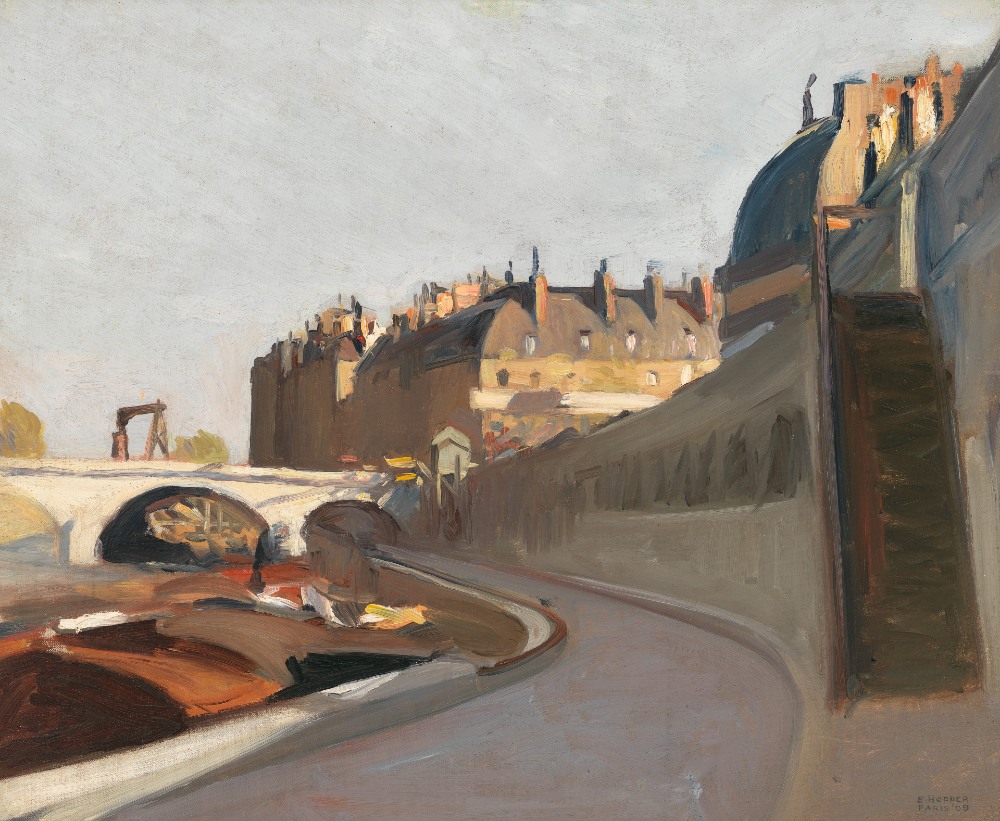
Most of Hopper’s works painted in Paris are urban landscapes with only the suggestion of people, but he also did several watercolor studies of figures. Following the French tradition of depicting types, in these paintings Hopper depicts characters he came across on the streets of Paris. The etchings of the 19th-century artist Charles Meryon were a source of inspiration for these works.
While the majority of Hopper’s Paris paintings were done en plein air, he also returned to Parisian subjects later in his career, far away from the city. Soir Bleu is based on his memories of the time and features a Pierrot figure on a terrace. The French theatre character also reoccurs in Hopper’s last painting, Two Comedians. A testament to the long-term impact France had on the artist.
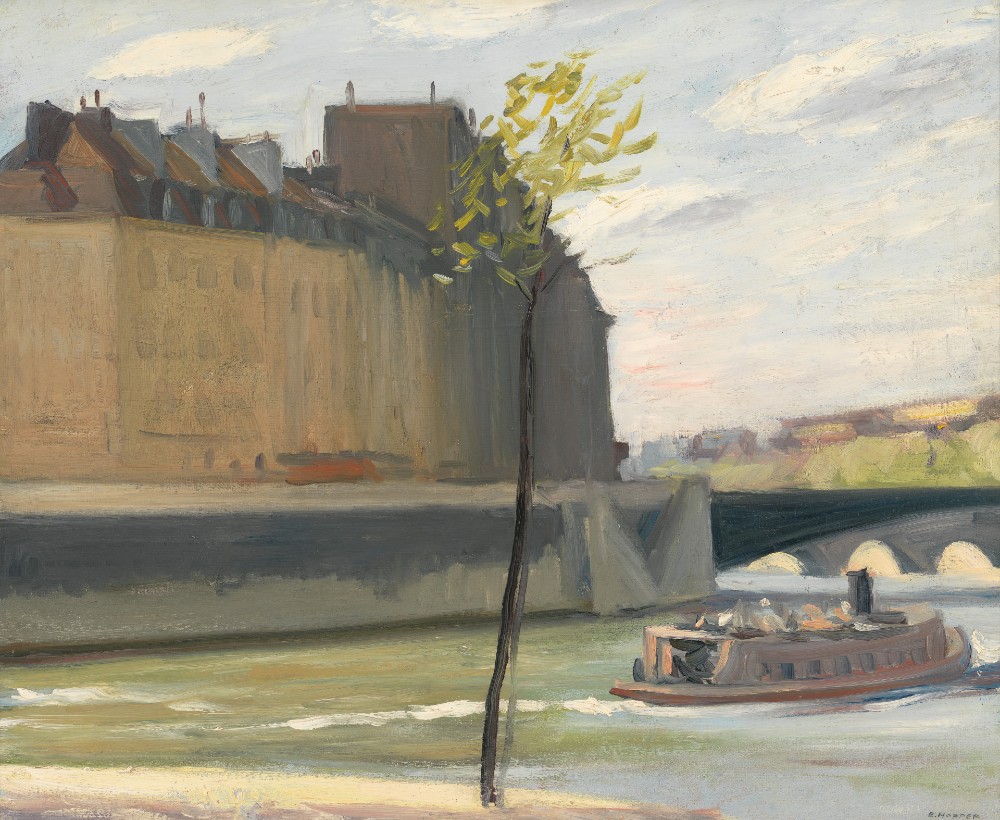
Edward Hopper, Ile Saint-Louis, 1909, Whitney Museum of American Art, New York, NY, USA.
DailyArt Magazine needs your support. Every contribution, however big or small, is very valuable for our future. Thanks to it, we will be able to sustain and grow the Magazine. Thank you for your help!